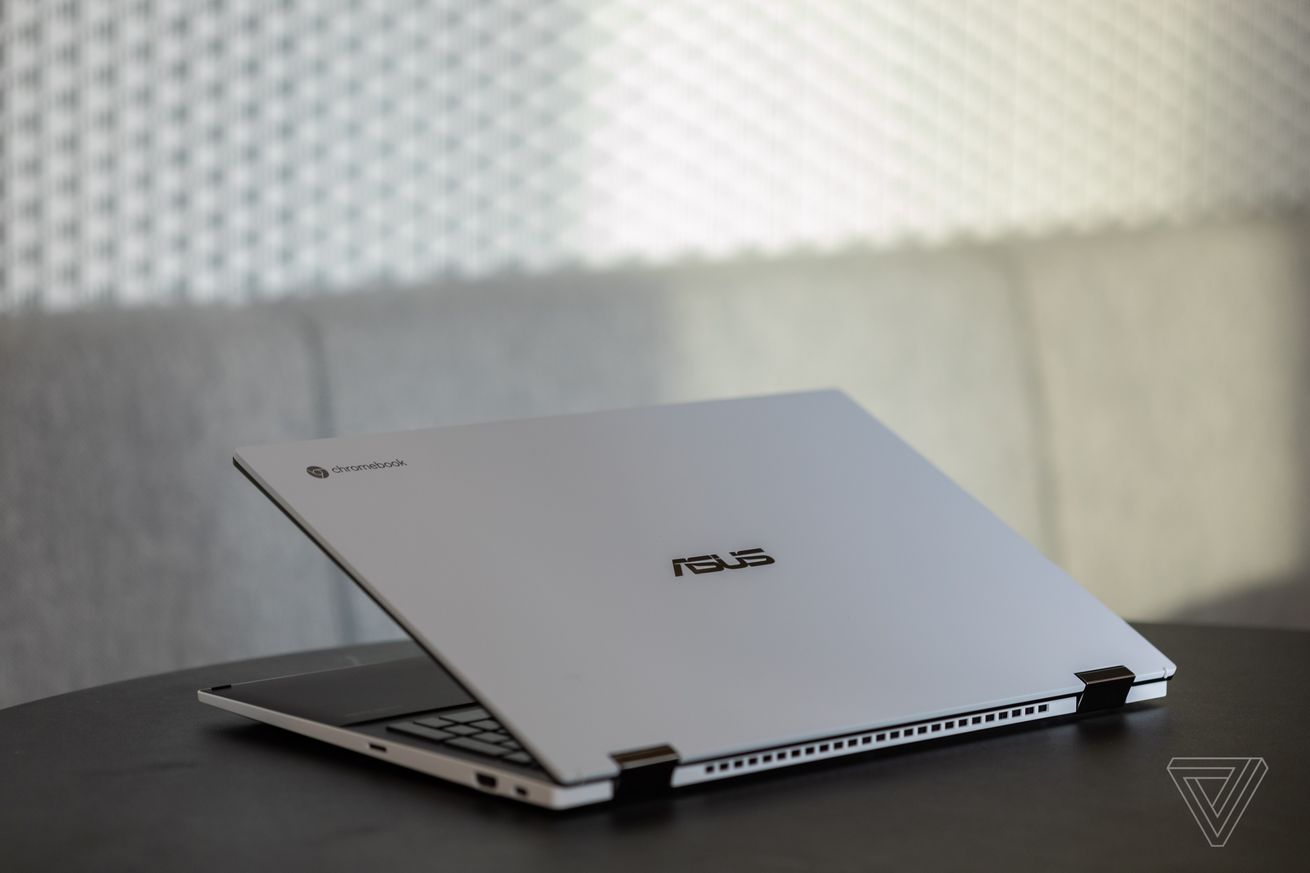
Schools bought millions of Chromebooks in 2020 — and three years later, they’re starting to break
Back in early 2020, as the covid pandemic drove classrooms online, school districts found themselves needing to bulk purchase affordable laptops that they could send home with their students. Quite a few turned to Chromebooks.
Three years later, the US Public Interest Research Group Education Fund concludes in a new report called Chromebook Churn that many of these batches are already beginning to break. That’s potentially costing districts money; PIRG estimates that “doubling the lifespan of Chromebooks could result in $1.8 billion in savings for taxpayers.” It also creates quite a bit of e-waste.
One of the big problems is repairability. Chromebooks are harder to upgrade and repair, on average, than Windows laptops. That’s in part, the PIRG found, because the replacement parts are much harder to come by — especially for elements like screens, hinges, and keyboards that are particularly vulnerable to the drops, jolts, jostles, and spills that come from school use.
For example, researchers found that nearly half of the replacement keyboards listed for Acer Chromebooks were out of stock online and that over a third cost “$89.99 or more, which is nearly half the cost of a typical $200 Chromebook.” Some IT departments, PIRG reports, have resorted to buying extra batches of Chromebooks just for their components.
“These high costs may make schools reconsider Chromebooks as a cost-saving strategy,” the report reads.
“These high costs may make schools reconsider Chromebooks as a cost-saving strategy.”
Chromebook Churn also discusses the Chromebook’s auto-update expiration date — something users have been complaining about for years.
While Google currently guarantees eight years of automatic updates to Chromebooks, that period officially begins when Google certifies a Chromebook — not when a school actually gets that Chromebook in hand, which is a process that can take much longer. By the time a school has successfully purchased, received, set up, and deployed a fleet of student Chromebooks, it’s common for expiration to be “four to five years away,” the report found.
“When the software expires just a few years into a device’s use, schools are left with boxes of computers with working components that end up as electronic waste, and the need to buy even more Chromebooks,” the paper warns.
Those short expiration dates also make it more difficult for schools to resell their devices, meaning that some have to pay even more to recycle them.
PIRG estimates that “doubling the lifespan of the 31.8 million Chromebooks sold in 2020 could cut emissions by 4.6 million tons CO2e, equivalent to taking 900 thousand cars off the road for a year.” The group recommends that Google eliminate the Automatic Update Expiration system, that its OEM partners produce “a minimum 10% overstock” of replacement parts, and that components be better standardized across Chromebook models.
It also suggests that Google should make it easier to unenroll Chromebooks from remote management and should install remote operating systems (Linux, namely), which would make post-AUE resale more attractive. “Not only is the choice of operating system a consumer right, it would extend the resale and reuse value of the laptop by years,” the authors write.
Reached for comment, Google spokesperson Peter Du provided the following statement to The Verge:
“We’ve worked diligently with our hardware partners to increase the years of guaranteed support Chromebooks receive, and since 2020, we now provide eight years of automatic updates, up from five years in 2016. We also are always working with our device manufacturing partners to increasingly build devices across segments with post-consumer recycled and certified materials that are more repairable, and over time use manufacturing processes that reduce emissions.
Regular Chromebook software updates add new features and improve device security every four weeks, allowing us to continuously iterate on the software experience while ensuring that older devices continue to function in a secure and reliable manner until their hardware limitations make it extremely difficult to provide updates.”
The PIRG report squares with the drum I’ve been banging in reviews of “eco” laptops for years: the most eco-friendly gadgets, by far, are gadgets that last.

